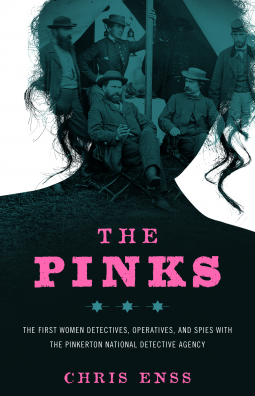 |
Draw 50 Sea Creatures
by Lee J. Ames, Erin Harvey ISBN-13: 9780399580178 Paperback: 67 pages Publisher: Ten Speed Press Released: July 25, 2017 |
Source: ebook review copy from the publisher through NetGalley.
Book Description, Modified from NetGalley:
In this new installment of Lee J. Ames's beloved Draw 50 series, readers will find easy-to-follow, step-by-step visual lessons on sketching and rendering all kinds of sea and ocean-dwelling creatures. Animals and plants from in and near the water featured in the book include clownfish, whale sharks, sea otters, dolphins, turtles and more.
My Review:
Draw 50 Sea Creatures is a drawing book. Except for some brief encouragement at the beginning of the book, there was no text describing how to draw the various figures. He usually provided 6 steps for drawing each sea creature. You build the creature by drawing the lines demonstrated in each step in the book. The final step showed the fully shaded-in plant or animal, but you're left to experiment to figure out how to create a similar shading on your line figure. Some of the animals with more complex texture patterns had "guides" drawn during step 5 to help you place the shading in step 6.
As I said, most of the figures had you add lines to lines to create the figure in steps 1 through 5 and then added shading in step 6. These were the easiest ones to do, in my opinion. Some figures had you draw guide lines in the first few steps (which are erased from the final drawing) before you start on the actual animal. I'd suggest looking at the whole sequence before drawing these as sometimes I found it easier to skip one or more of the guide line steps. The blade coral had so many guide lines and was so complex that I found the suggested sequence too messy to successfully follow.
The drawings were grouped by type (fish, shell animals, etc.) rather than difficulty level, so the complex figures were mixed in with the easier ones. I'd suggest starting with some of the easier ones to get used to this learning style. You can draw some decent looking sea creatures using this book--better than I could without the suggested steps. However, I now realize that I prefer to learn drawing from books that include more steps and/or text to explain the steps.
If you've read this book, what do you think about it? I'd be honored if you wrote your own opinion of the book in the comments.






